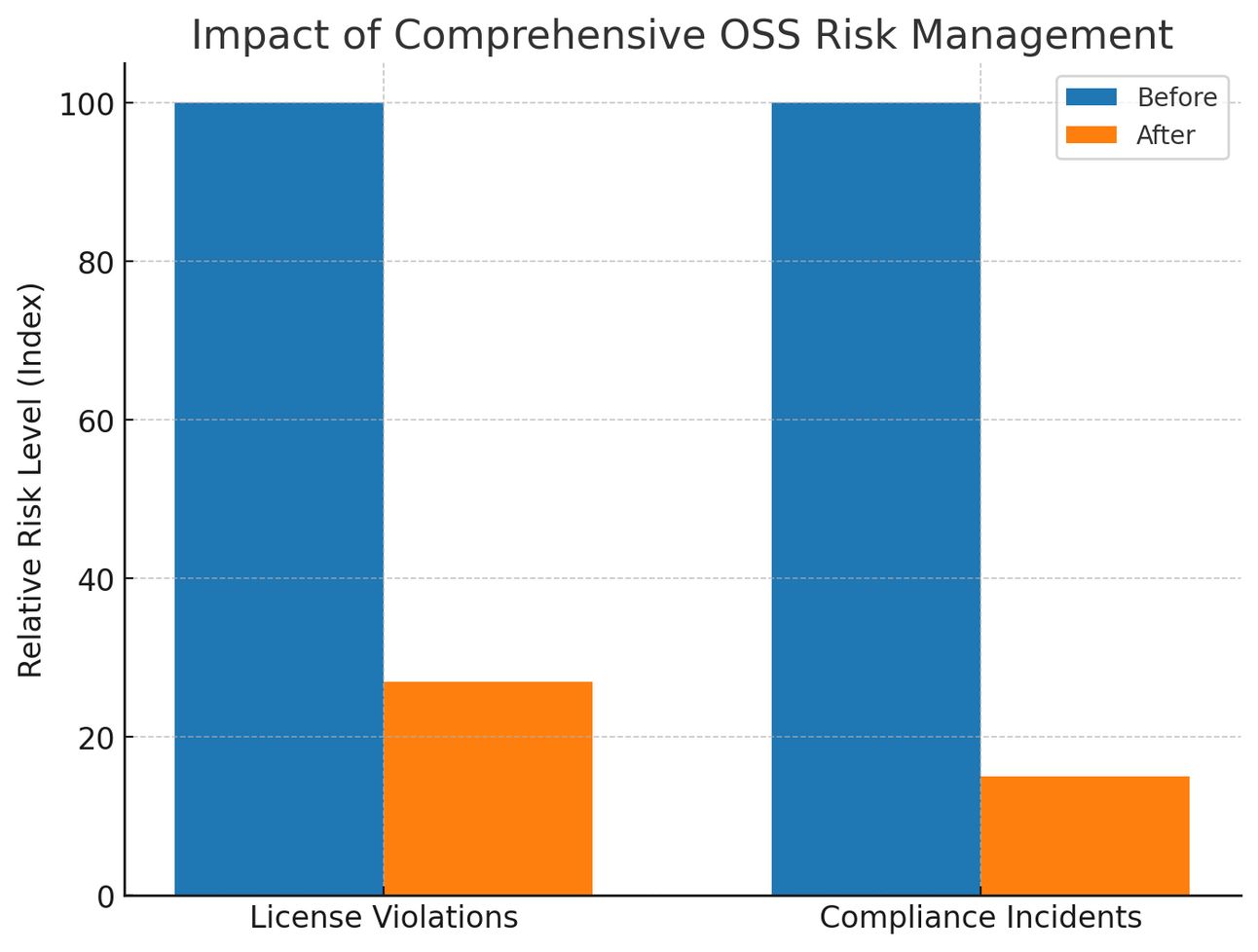- Defend & Conquer
- Posts
- Mitigating OSS license risk in critical applications: A strategic approach to secure enterprise software supply chains
Mitigating OSS license risk in critical applications: A strategic approach to secure enterprise software supply chains
CybersecurityHQ Report - Pro Members

Welcome reader to a 🔒 pro subscriber-only deep dive 🔒.
Brought to you by:
👣 Smallstep – Secures Wi-Fi, VPNs, ZTNA, SaaS and APIs with hardware-bound credentials powered by ACME Device Attestation
🏄♀️ Upwind Security – Real-time cloud security that connects runtime to build-time to stop threats and boost DevSecOps productivity
🔧 Endor Labs – App security from legacy C++ to Bazel monorepos, with reachability-based risk detection and fix suggestions across the SDLC
📊 LockThreat – AI-powered GRC that replaces legacy tools and unifies compliance, risk, audit and vendor management in one platform
Forwarded this email? Join 70,000 weekly readers by signing up now.
#OpenToWork? Try our AI Resume Builder to boost your chances of getting hired!
—
Get lifetime access to our deep dives, weekly cyber intel podcast report, premium content, AI Resume Builder, and more — all for just $799. Corporate plans are now available too.
Executive Summary
Open-source software (OSS) has become integral to enterprise technology stacks, with recent studies indicating that over 90% of commercial applications contain OSS components. While this widespread adoption brings significant benefits in terms of innovation, cost efficiency, and development speed, it also introduces substantial license compliance risks that can threaten business continuity, intellectual property, and operational security in critical path applications.
This whitepaper examines the most effective strategies for identifying and mitigating OSS license risks in enterprise environments, drawing from recent industry research, legal precedents, and implementation case studies. Our analysis reveals that successful risk management requires a multi-layered approach combining automated technical controls, robust governance frameworks, and organizational culture change.

Key findings indicate that organizations implementing comprehensive OSS risk management programs experience 73% fewer license violations and reduce compliance-related incidents by up to 85%. The most effective strategies combine automated Software Composition Analysis (SCA) tools with centralized governance structures, continuous monitoring, and integrated development workflows. Large enterprises leading in this space have established dedicated Open Source Program Offices (OSPOs) and implemented policy-as-code frameworks that enforce compliance throughout the software development lifecycle.

Subscribe to CybersecurityHQ Newsletter to unlock the rest.
Become a paying subscriber of CybersecurityHQ Newsletter to get access to this post and other subscriber-only content.
Already a paying subscriber? Sign In.
A subscription gets you:
- • Access to Deep Dives and Premium Content
- • Access to AI Resume Builder
- • Access to the Archives
Reply